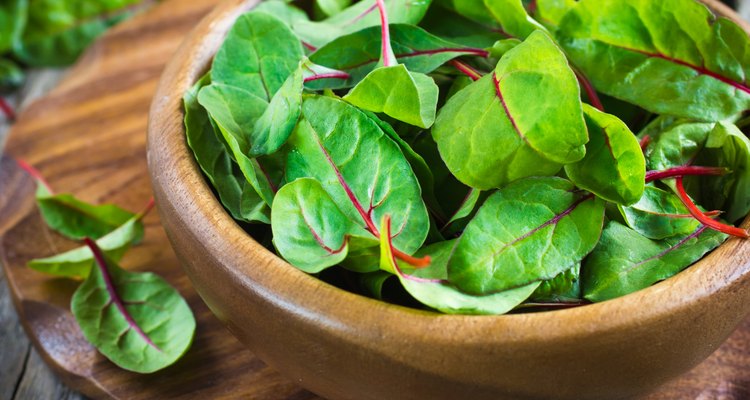
Anna_Shepulova/iStock/Getty Images
Oxalic acid, a naturally occurring compound in many plant foods, can interfere with absorption of certain nutrients and deplete some nutrients, such as calcium, from your body. Overconsumption of oxalic acid may irritate your digestive system and kidneys, according to Terry Walters, author of "Clean Food: A Seasonal Guide to Eating Close to the Source." Phytic acid also interferes with mineral and protein absorption and impairs your ability to utilize these nutrients. It, too, is found in certain plant foods,
Oxalic Acid
Oxalic acid is present in particularly high concentrations in beets and beet greens, bell peppers, spinach, Swiss chard and rhubarb. Chocolate, coffee and peanuts also contain oxalic acid. One approach to incorporating foods with oxalic acid into your diet safely is to eat these foods, particularly the fresh vegetables, only while they are in season, says registered dietitian Tracee Yablon-Brenner, co-author of the book "Simple Food for Busy Families: The Whole Life Nutrition Approach." That way you will always be rotating some sources of oxalic acid into your diet and others out.
Kidney Stones
Oxalic acid combines with calcium in the kidneys to form kidney stones in some people. However, there is no clear evidence that eating foods high in oxalic acid causes kidney stone formation, according to the University of Maryland Medical Center. Rather, kidney stones are more prevalent in people who eat diets high in animal protein and low in fiber and water than in people who eat a lot of otherwise healthy vegetables that contain oxalic acid. If you have a history of kidney stones, restricting your intake of oxalic acid, along with increasing calcium consumption and decreasing your salt and meat consumption may help you prevent a recurrence.
Phytic Acid
Phytic acid is present in high concentrations in grains and legumes. This plant-food constituent contributes to mineral deficiencies in people who eat these foods as dietary staples. Processing grains to remove the germ also removes the phytic acid, which is primarily stored there, but processing also removes the mineral content of grains. Phytic acid also provides some health benefits by acting as an antioxidant and cancer preventive, according to N.R. Reddy, editor of the book "Food Phytates."
Soaking
Soaking grains overnight or for about 10 hours before you cook them will remove some of their phytic acid, according to Dr. Joerg Kastner, author of "Chinese Nutrition Therapy: Dietetics in Traditional Chinese Medicine." Soak grains in buttermilk for even more effective phytic acid removal. Buttermilk contains lactic acid, which breaks down phytic acid, according to Dr. Robert Atkins in his book "Dr. Atkins' Age-Defying Diet." Cooking removes additional amounts. Additionally, consider sprouting some of your grains; this process also removes phytic acid.
Related Articles

Are the Nutrients Lost in Slow Cooking?

What Are the Dangers of Cooking With ...

How to Cook Pinto Beans in a Crock Pot

What if You Don't Cook Chickpeas Long ...
Best Crock-Pot Pinto Beans Recipe

How to Cook Mixed Greens

Foods to Prevent Jaundice

High-Alkaline, Low-Acid Foods
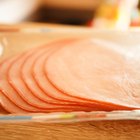
Ham Nutrition Information
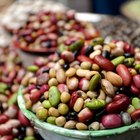
Foods High in Fiber & Calcium
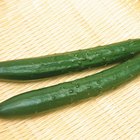
What Foods Provide Calcium D-Glucarate?

How to Soak Amaranth

Nutritional Facts of Fava Beans
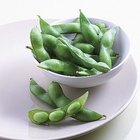
How to Make and Eat Edamame, Microwave ...

What Is the Nutrition for Cranberry ...

L-Lysine for Hair Growth

How to Detox From Diet Coke

How to Store Quinoa
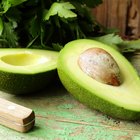
Fruits High in Zinc
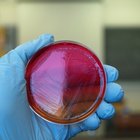
Uses of Saltpeter in Food
References
Writer Bio
Tracey Roizman, DC is a writer and speaker on natural and preventive health care and a practicing chiropractor. She also holds a B.S. in nutritional biochemistry.
Photo Credits
Anna_Shepulova/iStock/Getty Images